Knowing predator population sizes is of utmost importance to a diverse array of stakeholders, including government wildlife management agencies, concession area managers, local livestock farmers, and the tourism industry. Yet large carnivore populations all over the world are relatively small in number and difficult to assess. This is just as true in Africa, and even with the best local wildlife guides searching, apex predators with their huge ranges and low densities remain elusive. In the mosaic and often-inaccessible habitats of northern Botswana, they can be extremely difficult to locate. So how do field ecologists conduct surveys across wide landscapes to come up with reliable estimates of carnivore numbers?
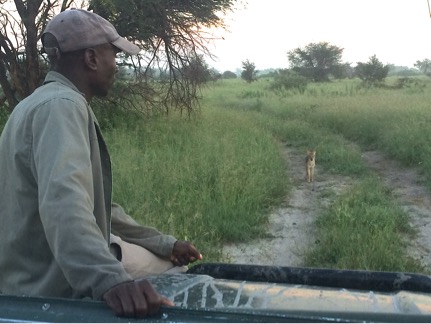
Photo 1: During an early morning spoor survey, BPCT’s skillful spoor tracker Last spots a curious black-backed jackal from his post on the bonnet of a Land Rover.
A variety of carnivore census methods have been formally developed over recent decades (e.g. camera-trapping, scat surveys, hair snares, call-in surveys [see our “Calls of the Wild” blog], and even surveys that use scent-detection dogs). Choosing which method to implement often depends on balancing a number of tradeoffs, including scale of the survey, equipment needed, behavior of target species, availability of experienced trackers or dogs, and funding & time available for data collection and analysis. One technique, the spoor survey, is an especially efficient and therefore widespread method used to estimate the presence and abundance of southern Africa’s carnivores. All that is required is a vehicle, a driver/data recorder, and a knowledgeable tracker. Here at Wild Dog Camp, our maintenance manager (Lelathanye “Last” Gabanakemo) is also an experienced tracker, able to detect and identify the most faint spoor. Each morning for two weeks, Last and one of our research team members collect information about carnivore occupancy and abundance by recording the location, species, sex, and surrounding habitat type at all fresh (<24 hours old) tracks, utilizing bush roads as transects. We also investigate road use by each species in various habitats by recording whether the carnivore simply crossed the road or walked down it (and for how far).

Photo 2: Last points out the tracks of an adult female leopard in deep sand. African carnivores routinely utilize roads for movement through otherwise thorny, muddy, or dense bush habitat.
INTERESTING RESULTS:
The BPCT has conducted spoor surveys over many years in our focal study area. We just completed the most recent one in March. This most recent survey effort and resulting carnivore density estimates from the two-week census will be compared to our results from other methods we are now also conducting in the area; camera trapping, call-in stations, and citizen-science sightings contributed from guests visiting the nearby Santawani Lodge and, importantly, to survey results in the past.
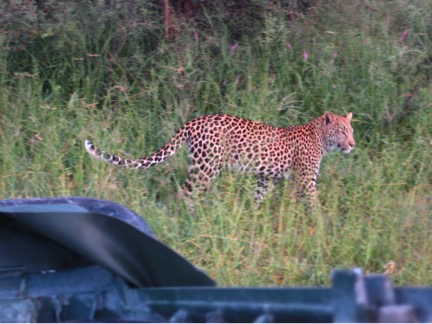
Photo 3: The dawn start needed for our spoor surveys means that we often encounter the carnivores themselves! Here, an adult female leopard casually strolls past our survey vehicle.
What is most interesting in our preliminary results is that although survey effort varies significantly across the various methods, carnivore density estimates deriving from results using those various methods are surprisingly consistent, providing support that Last’s skills in our spoor sampling method and calibration can be effectively used across large scale survey areas.
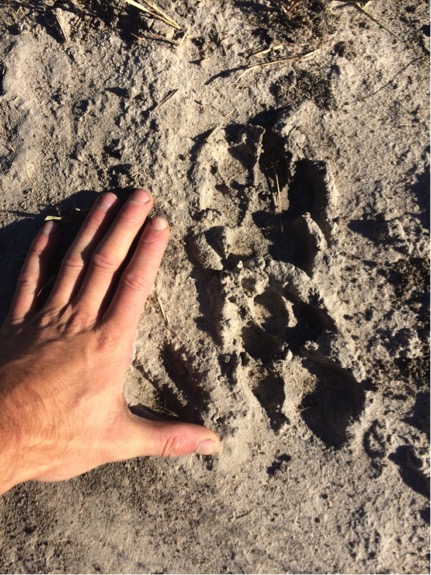
Photo 4: Old spoor from an adult African wild dog running through mud.
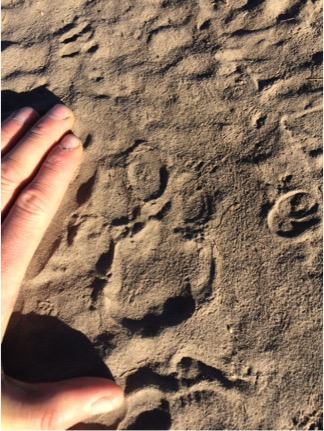
Photo 5: Fresh sub-adult female lion spoor in shallow sand.
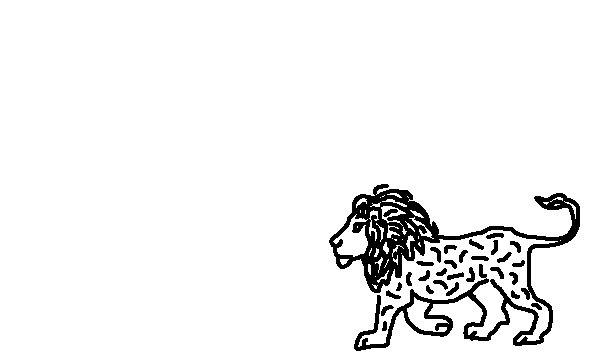
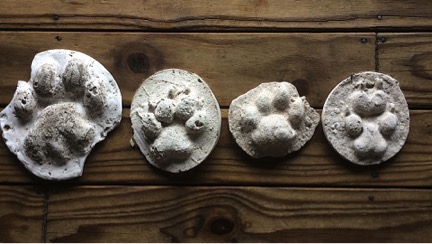
Dive straight into the feedback!Login below and you can start commenting using your own user instantly